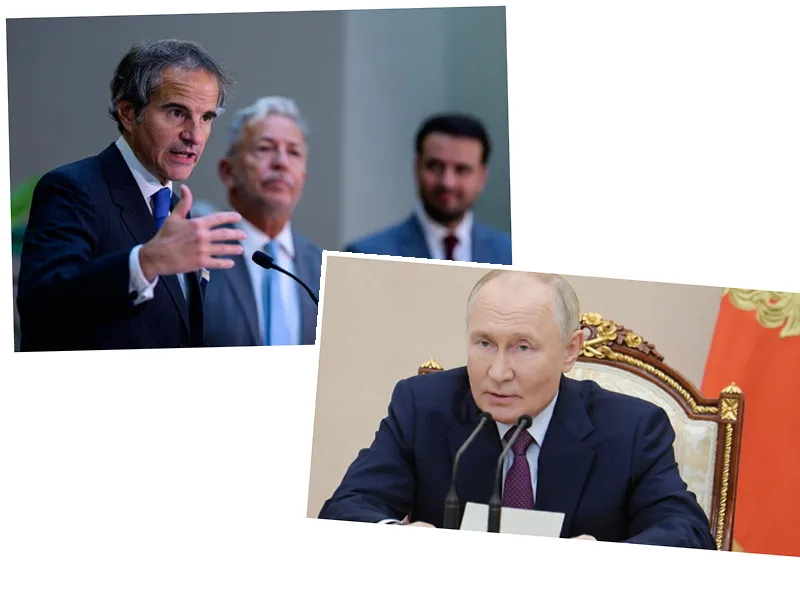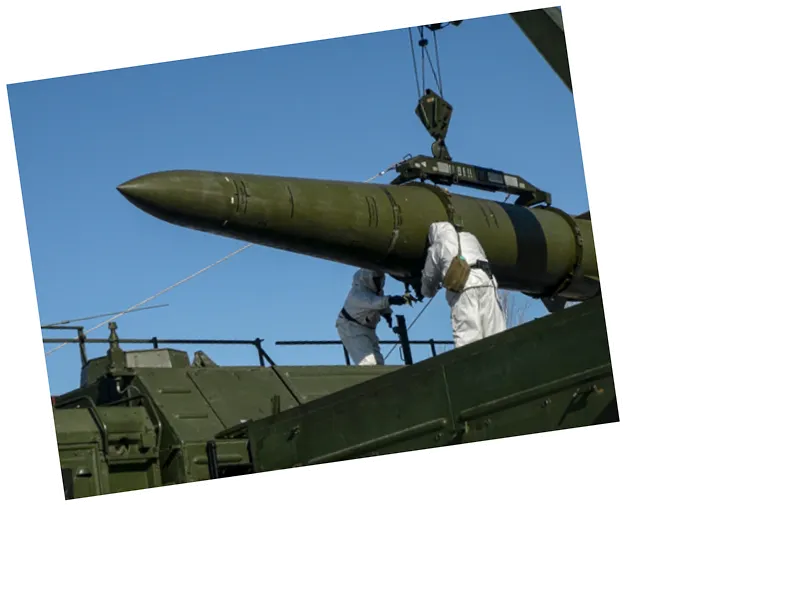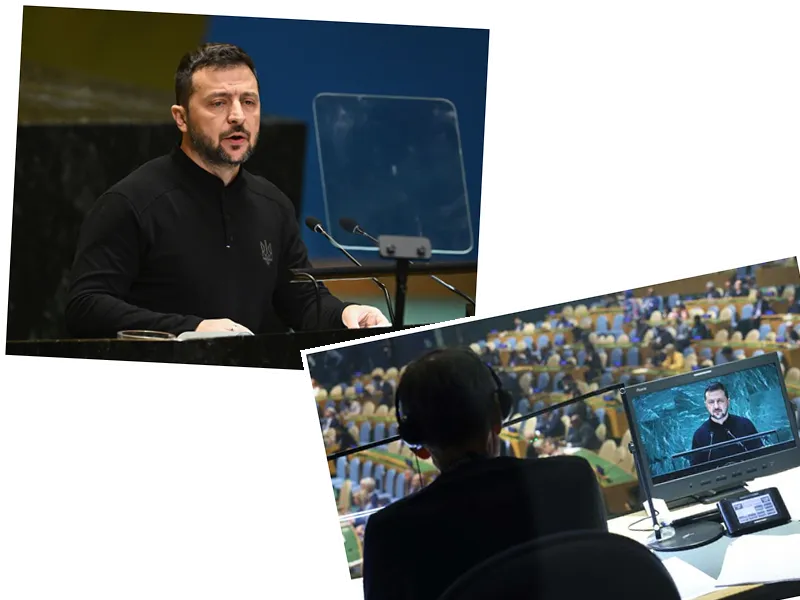Russia and Belarus: Escalating Nuclear Readiness
In a significant development, Russia and its close ally Belarus have completed joint exercises, preparing for the potential use of tactical nuclear weapons. According to Pavel Muraveiko, Chief of the General Staff of the Belarusian Armed Forces, these exercises have bolstered the readiness and potential of Belarus's military capabilities. The drills involved Iskander-type operational-tactical missile systems and Su-25 fighter jets, marking a critical enhancement in Belarus's military preparedness.
The joint exercises, which began in May under the orders of Belarusian President Alexander Lukashenko, were synchronized with Russia’s own military activities. This collaboration underscores the increasing pressure on Western nations as Belarus claims readiness to deploy these tactical nuclear weapons, despite not possessing any nuclear arsenal independently. The presence of Russian tactical nuclear weapons in Belarus since last summer has further heightened tensions.
Global Concerns Over Nuclear Escalation
The Stockholm Peace Research Institute's annual report has raised alarms about the growing proliferation of nuclear weapons worldwide. The report highlights that the nuclear arms control project, which has been in place for six decades, is at risk of termination. Both the United States and Russia, which hold approximately 90% of the world's nuclear weapons, have reduced transparency regarding their arsenals. The report also notes that Russia has deployed additional nuclear warheads, including on Belarusian territory.
The escalation in nuclear readiness by Russia and Belarus comes amid broader geopolitical tensions. Russia has conducted several exercises simulating the use of tactical nuclear weapons and has expressed willingness to alter its military doctrine to ease restrictions on their use. This aggressive stance is part of Russia's strategy to assert its international standing and deter Western interference, particularly in the context of the ongoing conflict in Ukraine.
The situation is further compounded by Russia's recent show of force, including the arrival of a nuclear-powered submarine in Havana Bay, Cuba, and military exercises near NATO member states. These actions have revived Cold War-era tensions and prompted NATO to enhance its nuclear deterrence capabilities. The international community remains on edge, with experts warning that the world is entering one of the most dangerous periods in human history.
- Belarus's involvement in these nuclear exercises reflects a significant shift in its military strategy, aligning more closely with Russia's aggressive posturing. The successful completion of these drills indicates a heightened state of readiness that could have serious implications for regional stability.
- The Stockholm Peace Research Institute's report underscores the fragility of global nuclear arms control agreements. With Russia suspending its participation in the START Treaty and withdrawing from the Comprehensive Nuclear Test Ban Treaty, the future of nuclear disarmament looks increasingly uncertain.
- NATO's response to these developments has been to bolster its own nuclear capabilities and readiness. The alliance's commitment to modernizing its nuclear forces and enhancing its deterrence posture is aimed at countering the perceived threat from Russia and its allies.






